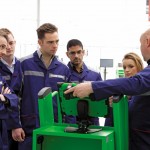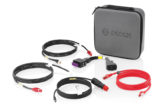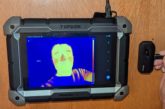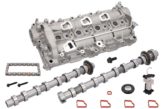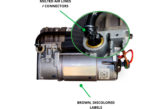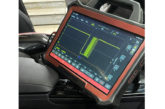KTS diagnotics made ‘ESI’ from Robert Bosch.
This regular series of technical articles from Bosch focuses on how to get the best out of its ESI[tronic] 2.0 software, which is used in conjunction with the KTS range of diagnostic tools for vehicle fault diagnosis and service function procedures. Because of the vast range of features available through the software, Bosch’s technical team will be breaking things down into bite-sized chunks, starting at a beginner level and progressing through to more advanced functions.
For the sixth instalment in this series of Bosch ESI 2.0 technical articles we want to go into a bit more detail by covering some of the advanced functions that can be performed on the vehicle with Bosch KTS during maintenance or repair.
Once connected to a vehicle system, under the Diagnosis tab, there are several Test Steps, one of which is Actuators. It’s important to explain how this can be useful in a fault diagnosis situation.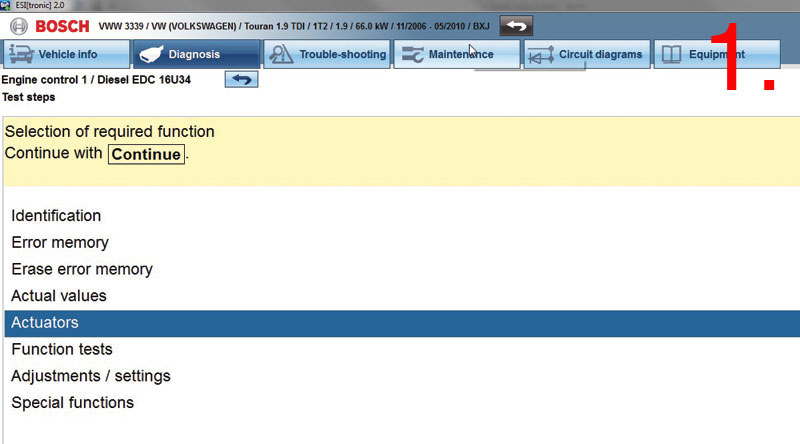
A technician may be faced with an engine fault that could be related to, for instance, an injector. In other tests, such as Actual Values, the engine is required to run in order to produce data for you to analyse. However, if the engine will not run, this is not possible.
The Actuator Test allows you to send a direct command to a specific component, bypassing the switching side of the system, to cause it to operate. The engine doesn’t need to run and you can command the component or circuit to function straight away without waiting. You can therefore see whether there is an issue with the performance or function of the component.
Another good example is if you suspect there is an issue with the engine cooling fan. Without waiting for the engine to reach the required temperature, you can just use the Actuator Test to command the electric fan operation directly. If the fan operates, then you know that it is a problem in another part
of the circuit. If it doesn’t, you can perform further tests on the fan itself, and you have saved some time in doing so. Without this test you would’ve had to wait for the engine to warm up, and also you can’t be sure when the fan would have cut in so you may not be ready to test or observe the operation.
These Actuator Tests could be used to check many other systems (depending on what the particular vehicle supports) such as an EGR valve in the engine management system, a headlamp bulb in the body or lighting control or an electric window regulator in a door control ECU.
Decision making
When fault-finding, the result of an Actuator Test can help your diagnostic process and decision making, depending on the outcome as to whether the fault may be on the input or output side of the ECU in the circuit. You’re in control of the test and can check the operation of a component when you’re expecting it to happen.
You can also simultaneously set up an oscilloscope and/or current clamp to measure the voltage and amps in the circuit when the component operates while the vehicle is static in the workshop. It might not be practical to do this whilst driving on a road test, however.
The Bosch KTS 570 has a built-in two channel oscilloscope/multi-meter in the VCI (vehicle communication interface), which we will cover the use of in a later article. For the expert diagnostic technicians out there who do in depth, advanced system and component testing, we recommend the FSA 500 engine analyser that works in unison with ESI[tronic] 2.0 (see Fig 2); this tool isespecially useful in a situation where parallel testing is required.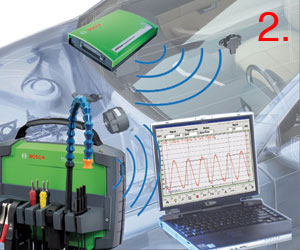
Sometimes, there are certain preconditions required for an Actuator Test to be performed successfully and the on screen instructions must always be followed, otherwise the test may fail (see Fig 3). Another point to consider is that if the engine is not to be run during the test, a good battery voltage is essential. We recommend that a quality battery support unit, such as the Bosch BAT490, is used.
Another point to consider is that if the engine is not to be run during the test, a good battery voltage is essential. We recommend that a quality battery support unit, such as the Bosch BAT490, is used.
On most vehicle systems, you can pick and choose the components you want to actuate by selecting them from a list (see Fig 4). Some vehicles offer a pre-determined output test sequence which will operate the supported items one by one; this routine has been designed that way by the manufacturer.
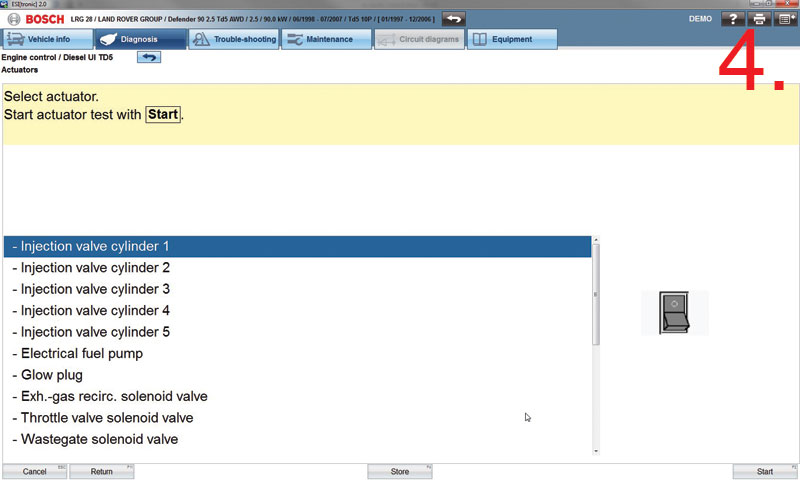
In ESI 2.0, most Actuator Tests will automatically show some relevant ActualValues together with the actuation process on screen to give you further evidence of the effectiveness of the test. This is beneficial, as sometimes you can’t physically see or hear the component that you’re testing, such as the heated seat element (see Fig 5). You can also use the F7 (List) soft key to choose your own values to be displayed during the test if you would prefer.
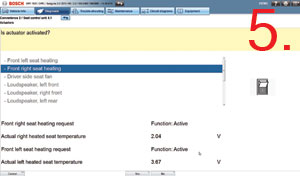 You will notice that once the Actuator Test is complete you have the option to confirm if the test was activated or not. If you click ‘Yes’ then a ‘+’ (plus) symbol was shown before that actuator name, indicating that it is activated (see Fig 6). Pressing F4 (store) when you’re finished will add the actuator results to the protocol report that we mentioned in the second part of this ‘KTS made ESI’ series. You can then print the protocol off to show the results to your customer as evidence of which components were tested.
You will notice that once the Actuator Test is complete you have the option to confirm if the test was activated or not. If you click ‘Yes’ then a ‘+’ (plus) symbol was shown before that actuator name, indicating that it is activated (see Fig 6). Pressing F4 (store) when you’re finished will add the actuator results to the protocol report that we mentioned in the second part of this ‘KTS made ESI’ series. You can then print the protocol off to show the results to your customer as evidence of which components were tested.
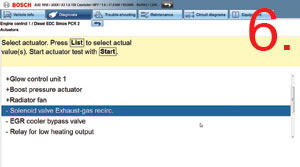
Specific test plan
Next on the main Test Steps selection list is Function tests and this basically does what the name suggests. These tests are diagnostic routines that will use a specific test plan to determine the operation state of a component or system. For instance, in Bosch ESI 2.0 you will see bespoke braking tests for Bosch ABS/ESP systems that are best performed on a ‘roller brake tester’. Other function tests could be available, such as cylinder balancing or a systems output self-test. These can be a valuable aid in fault finding work and then later confirming a repair to the vehicle.
Adjustments/settings are diagnostic procedures where stored values can be reset or changed within the control unit. For example, this could be a service lamp reset or component adaptations; fuel quantity adjustment (injector IMA coding) if a new diesel injector has been fitted; TPMS coding if a tyre pressure sensor has been replaced; or rain/light sensor adaptation if the windscreen has been renewed. A selection of further options are visible in Fig 7.
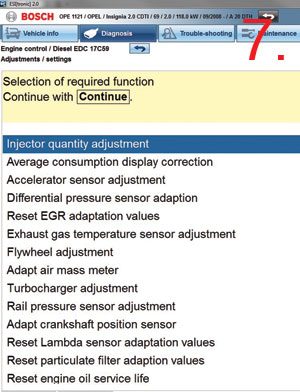
Special functions are advanced and specialist operations that require attention to detail in order to perform the tasks. This could be a diesel particulate filter (DPF) regeneration or ESP brake system fluid bleeding. This type of function should only be performed by qualified and experienced technicians who must follow the tester instructions carefully. Often an assistant is required to help get the job done.
Certain routines will only work if the set preconditions are followed (see Fig 8). In the ESI 2.0 Function tests, Adjustment/settings and Special functions, the pre-conditions are always stated in the information text screens that precede the start of the routine. If the KTS detects that the preconditions are not met it will delay the start of the test and display on screen the values that are outside of their expected range so that you can rectify the situation and continue with the function.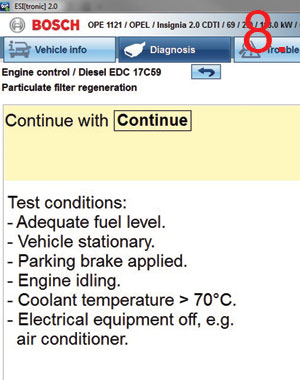
The Service tasks tab in ESI 2.0 is also a very useful feature which provides a quick link to perform a vehicle service related task by selecting from the categorised function list (see Fig 9). This is helpful, for example, when you’re not sure where to reset the service light.
Nowadays this could be in the instrument cluster, body computer or Engine ECU. By using the Service tasks menu the selection provides a Shortcut straight to the correct system and will reduce the number of clicks that are required.
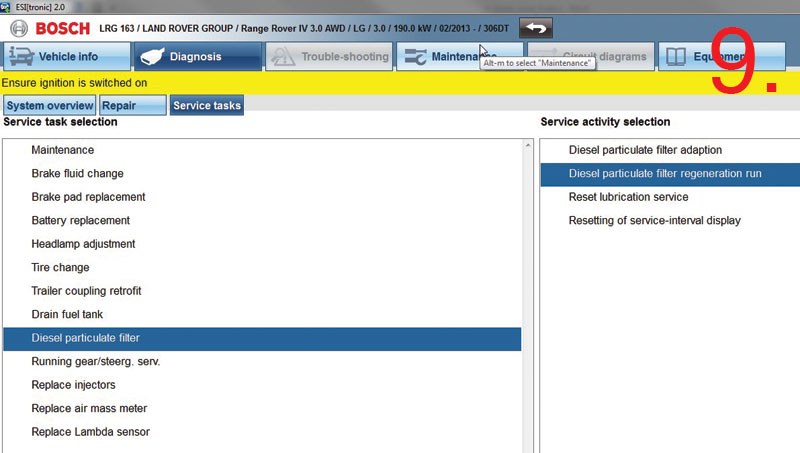
Keep a look out for the next instalment!

